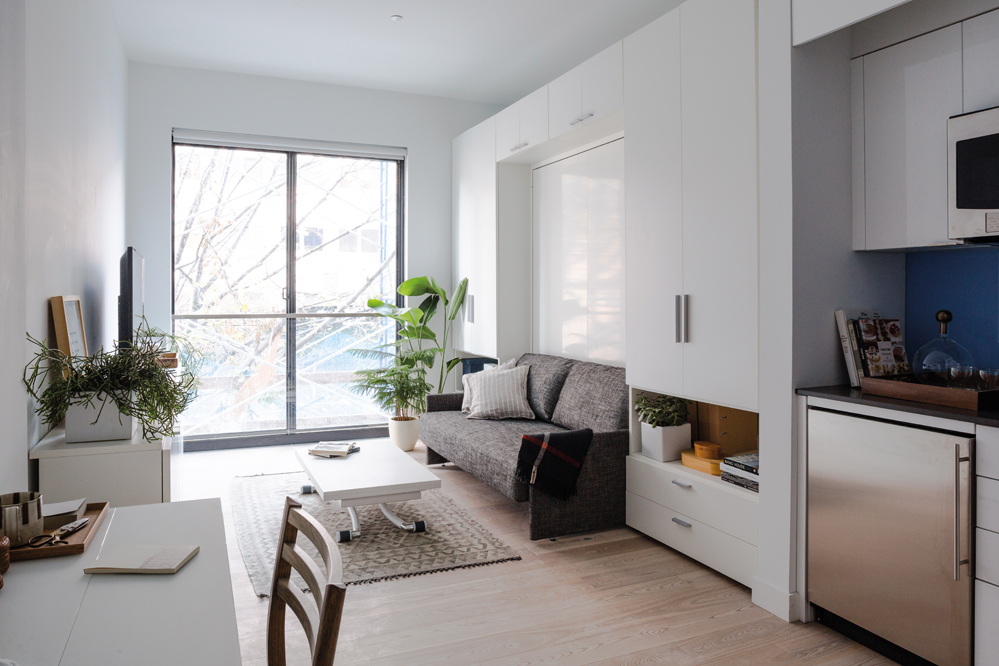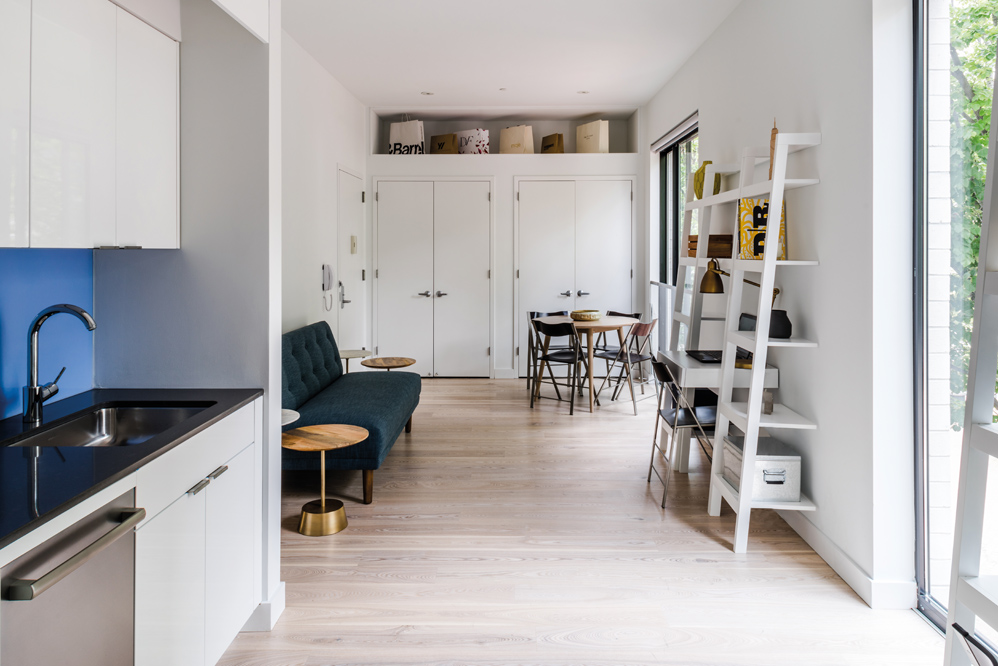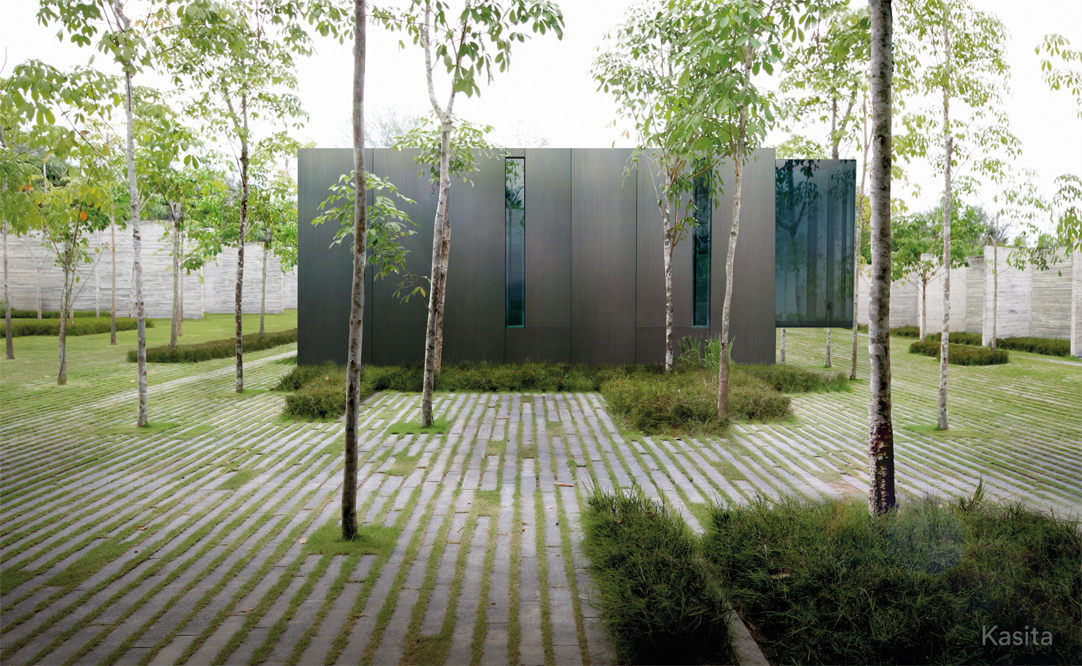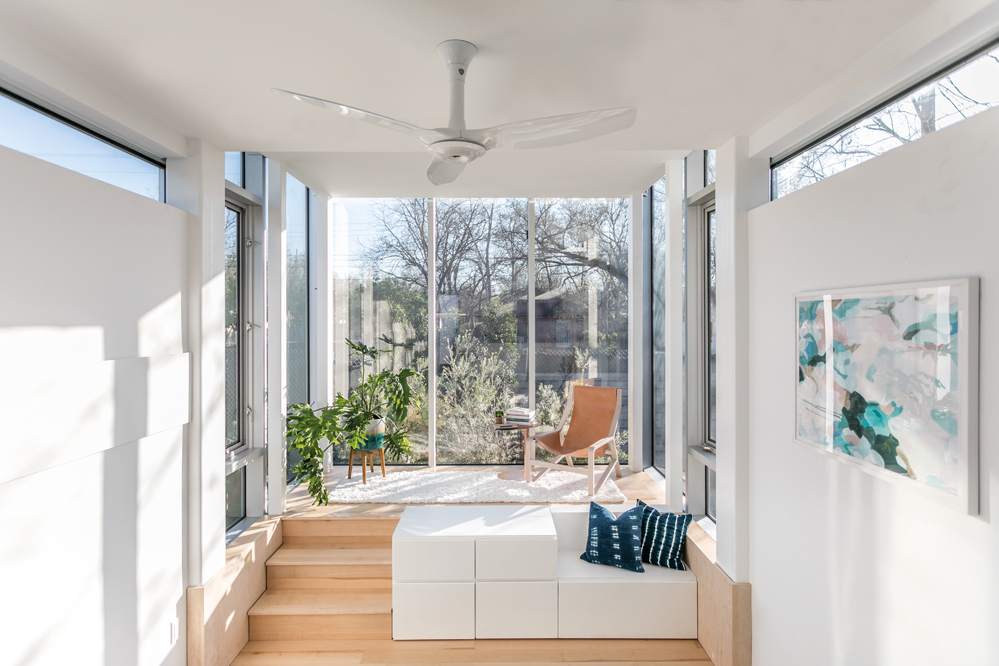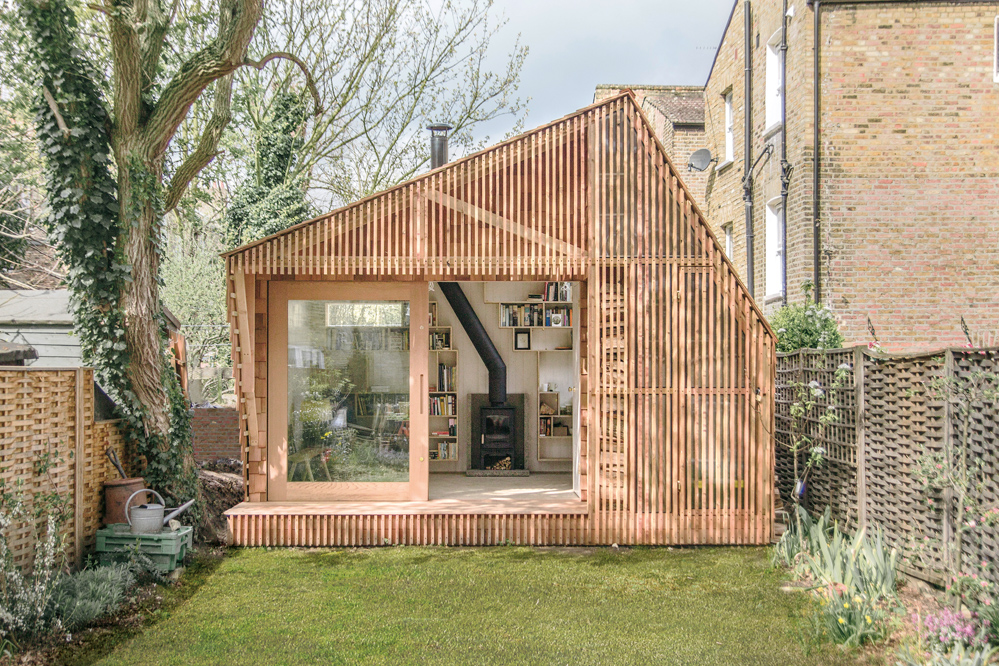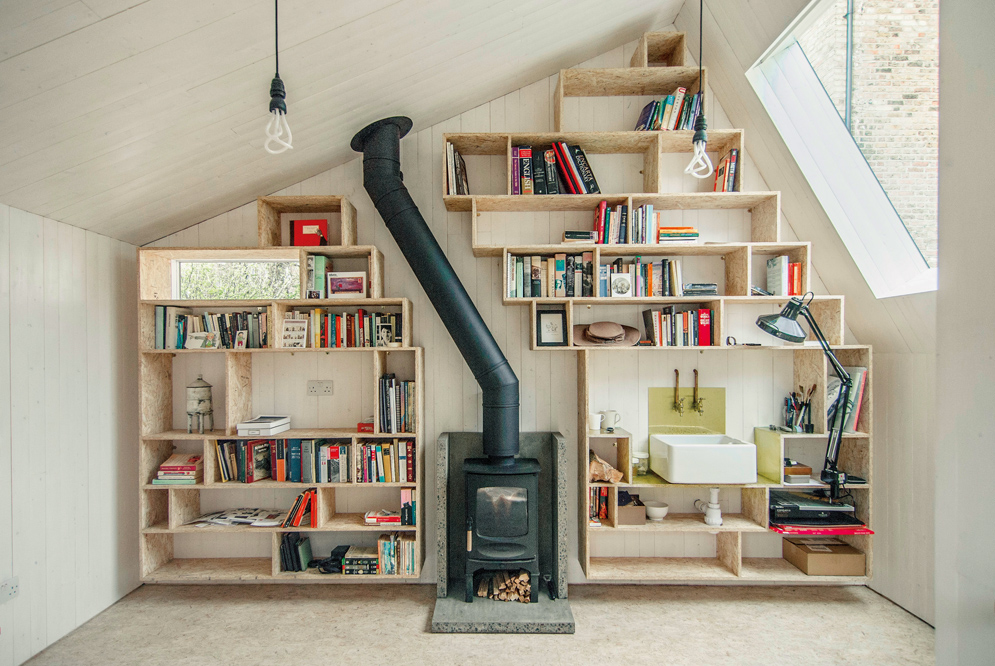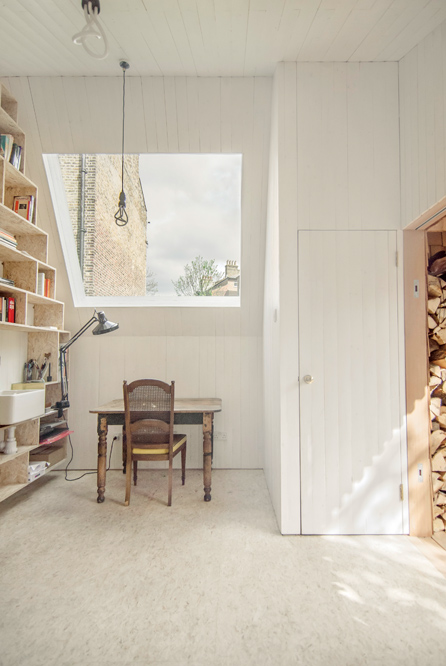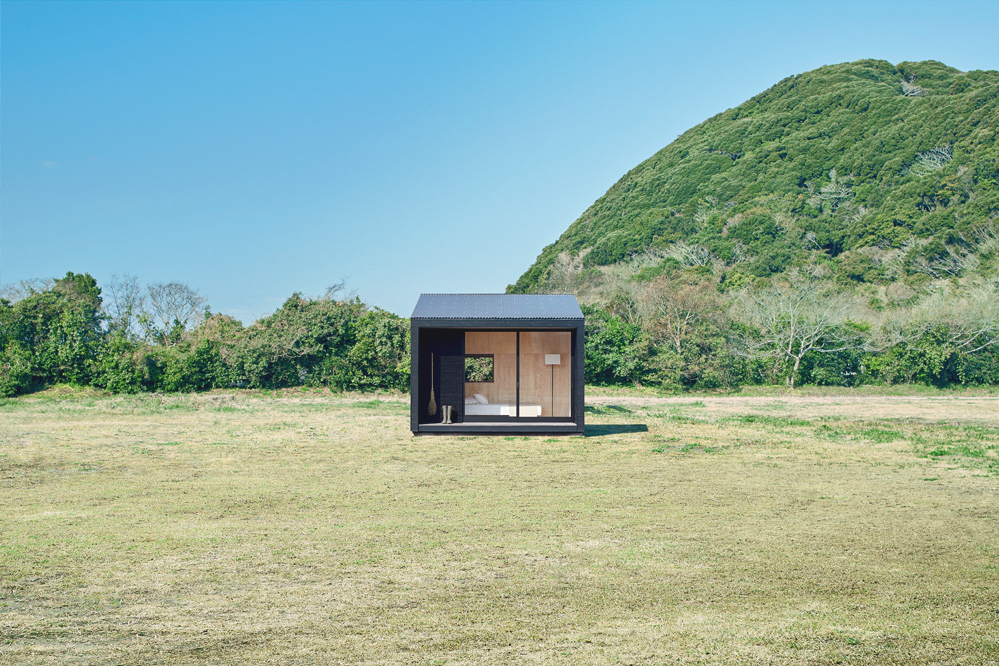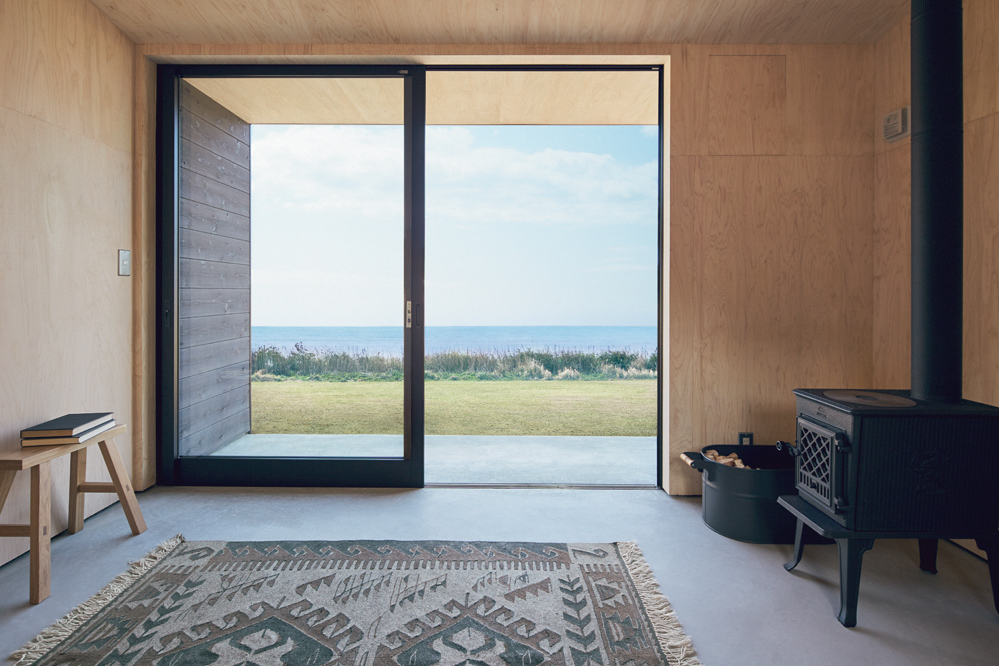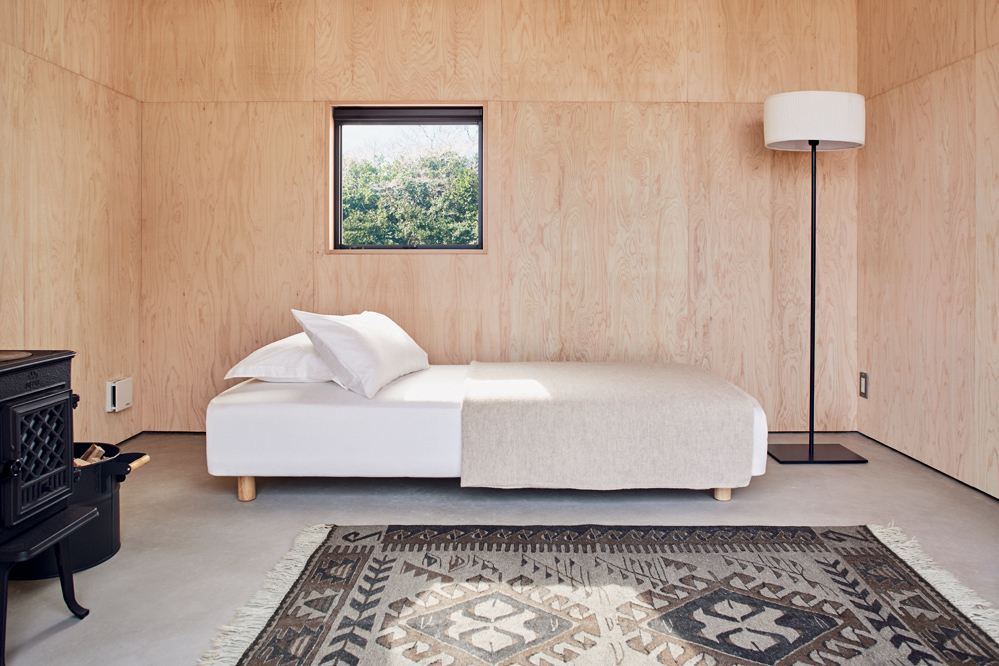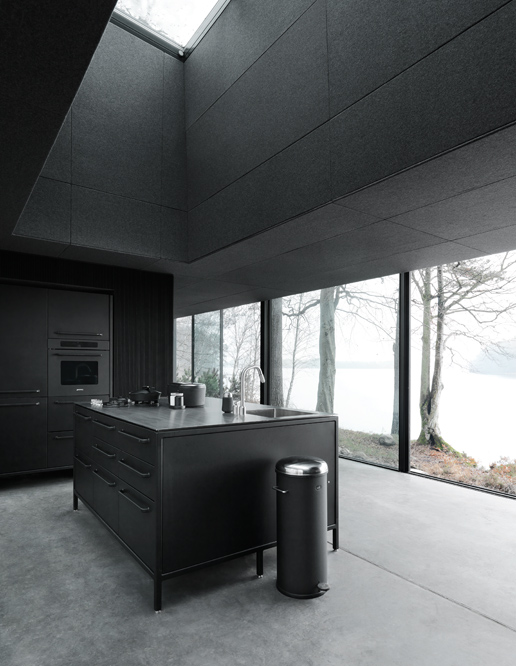In Hong Kong, where the average apartment size is approximately 470sqft, the concept of micro-living is nothing new – nor is it seen as particularly desirable. However, architects, developers and planners across the globe are calling for an increase in so-called tiny homes” as a response to growing populations, escalating urbanisation and the rise of single-person households, not to mention a demand for economic and environmental efficiency when it comes to our living conditions.
nARCHITECTS
Photography: Iwan Baan (exterior) and Pablo Enriquez (interiors)
Designed by Brooklyn-based firm nARCHITECTS, the Carmel Place development in Manhattan’s Kips Bay neighbourhood offers 55 studios ranging from 260sqft to 360sqft and was recently awarded a 2017 Honor Award by the American Institute of Architects, which stated that it represents a new housing paradigm for the city’s growing small household population”. Ammr Vandal, associate principal at nARCHITECTS, agrees – to an extent. We do not see micro-living as the standard of living, but rather a housing solution for a growing and underrepresented demographic in metropolitan areas,” she says, adding that in order to make Carmel Place more attractive, high quality finishes, with a mix of light and reflective surfaces, were carefully selected to create a clean yet inviting environment that residents would be proud to call home.”
Kasita
Launched in 2015, Kasita units measure a diminutive 352sqft and have been designed with not only the inhabitant but also the planet in mind. All over the world we’re running out of urban space,” Jeff explains. And with people moving back into cities, we need to find ways to increase housing by fitting into the cracks of the urban landscape.” Clever storage solutions and smart fixtures such as lighting and automatically-tinting windows combine with 10-foot-high ceilings to endow the split-level interiors with a surprising sense of airiness, all of which is the product of rigorous research. As Jeff says, We’re already seeing a trend of people wanting better-designed small spaces… It’s not the size of the space, but the size of the experience you have when you’re living in it.”
Weston Surman & Deane Architecture
Photography: Wai Ming Ng
Surman Weston – working in collaboration with Joseph Deane as Weston Surman & Deane Architecture at the time of this project – proposes that refuge can be found closer to home than you might imagine, in the form of small, satellite spaces, such as the Writer’s Shed. Commissioned by an author and illustrator, the Writer’s Shed is a self-contained unit that the novelist in question can call his own, a single-storey, self-contained space that has become something of Surman Weston’s signature. Shingle cladding, a back-lit cedar facade and a wood-burning stove construct a simple yet serene sanctuary that glows from within, while a generous north-facing skylight floods the space with natural light.
Miller Kendrick Architects

Measuring in at a miniature 135sqft, Arthur’s Cave by London- and West Midlands-based Miller Kendrick Architects is a rural sanctuary that unites with the picturesque Welsh scenery surrounding it, and where the imagination runs free. Housed within an organic-shaped facade inspired by ancient monoliths, standing stones and caves, the internal space of the award-winning project maintains its modernity with a series of green-living essentials, including LED lighting powered by photovoltaics and a self-composting toilet. The design also pays tribute to its location by using locally-sourced materials where possible, such as sheep-wool insulation from Ty-Mwar and green larch cladding from Esgair Forest.
Muji
Muji recently unveiled designs for a prefabricated house, which will be released for sale in August 2017. Says the Japanese retailer: Put it in the mountains, near the ocean or in a garden, and it immediately blends in with the surroundings, inviting you to a whole new life.” Made entirely of Japanese wood, the hut includes a 100sqft interior, a high shed roof and a covered patio. Sliding glass doors, originally designed for a shop, open onto the outdoor space, while a smaller window is placed on the rear wall to bring in natural light and help with ventilation. The exterior is clad in black wood charred using a traditional Japanese technique called shou sugi ban, which prolongs the life of the timber and makes it more resistant to fire, insects and decay.
Vipp Shelter
Escaping from the bustle of daily life to the tranquility of nature has its allure, but often the notion of being surrounded by greenery is more attractive than the reality of roughing it outdoors in tents. Enter the VIPP Shelter. This modern treehouse ensures that you’re immersed in your environment – thanks to its glass walls and doors – without giving up the comforts of home. The 600sqft unit consists of a living area and kitchen on the ground floor, with a more private sleeping area and bathroom on an upper level that’s accessible via stepladder. VIPP draws on its 75 year history of steel-processing experience to create the prefabricated unit, which comes with VIPP-branded interiors, furnishings, and accessories.
Peruse our Design section for more inspiration and exclusive interviews with design experts.
The post 6 micro homes that are making the most of small spaces appeared first on Home Journal.





